XRP ($2.02)’s journey in recent months has captured the attention of both seasoned investors and newcomers, not just for its dramatic price movements but for what it may signify. According to one prominent XRP community analyst, the token may be tracing the footsteps of Amazon. This company once faced near collapse during the dot-com crash but went on to become a trillion-dollar empire. The comparison isn’t just about recovery. It’s about resilience, innovation, and the power of long-term vision. But beyond the price charts lies a narrative that feels familiar to those who watched the unfolding of tech history two decades ago.
A Rally, A Fall, and a Firm Stand Above $2
Between November 2024 and mid-January 2025, XRP climbed a staggering 578%, jumping from $0.50 to $3.39. However, as is often the case in volatile crypto markets, this rally met strong resistance. Between February and March 2025, XRP retraced nearly 32%, weighed down by broader market weakness and profit-taking.
Despite the pullback, XRP remained resilient. The price managed to hold firm above the psychologically important $2.00 level. This resilience, even in the face of bearish momentum, suggests a maturing asset with increasingly robust fundamentals.
Amazon’s 95% Crash and the Rise That Followed
According to “XRP Investing,” a prominent community analyst, XRP’s current journey shares striking similarities with Amazon’s path after its 1999 peak. Back then, Amazon’s stock reached a high of $106.69, equivalent to roughly $5 in today’s post-split value. Yet by 2001, the price had crashed to $5.97, marking a brutal 95% plunge.
At the time, critics wrote Amazon off as another dot-com failure. However, Jeff Bezos and his team took a different approach. Instead of retreating, they expanded aggressively. Amazon entered new markets, developed its logistics network, and laid the groundwork for Amazon Web Services (AWS), which would later become a pillar of its trillion-dollar valuation.
This strategy paid off — eventually. While the turnaround didn’t happen overnight, Amazon’s steady focus on innovation and infrastructure led it to become one of the world’s most valuable companies. From its 2001 low, Amazon’s stock has soared by more than 67,000%.
XRP and Ripple: Building Through the Storm
XRP’s moment of reckoning came in December 2020, when the U.S. Securities and Exchange Commission (SEC) sued Ripple over the classification of XRP as a security. The news sent XRP tumbling from $0.70 to $0.20 in just a day, a 71% decline that prompted exchange delistings and widespread fear.
However, Ripple didn’t fold. Just like Amazon during its turbulent early years, Ripple doubled down on development. The company focused on expanding its ecosystem, forming global partnerships, and pushing for real-world use cases. Over time, it became clear that Ripple had no intention of letting regulatory pressure define its future.
Fast forward to April 2025, and XRP trades at $2.20. From its low of $0.20 after the SEC lawsuit, this marks a 945% rebound, a performance that speaks volumes about the token’s durability and the team’s relentless push forward.
Utility, Not Just Hype: XRP’s True Value Proposition
According to the analyst behind “XRP Investing,” the real power of XRP lies not in short-term price movements but in its long-term utility. Amazon eventually succeeded because it solved real problems in commerce and logistics. Likewise, XRP seeks to address inefficiencies in cross-border payments, aiming to disrupt the traditional financial system.
Ripple’s technology enables near-instant transactions at minimal costs, offering a compelling alternative for global remittance providers and financial institutions. Moreover, partnerships with major banks, payment platforms, and even governments hint at growing institutional acceptance.
This forward-looking use case aligns with how Amazon pioneered new technologies like AWS, not immediately appreciated by markets but eventually transformative.
Regulatory Pressure: A Common Rite of Passage?
Another parallel between XRP and Amazon lies in the regulatory challenges each faced during their growth phases. In its early years, Amazon weathered scrutiny over business losses, tax issues, and its aggressive expansion model. XRP, on the other hand, spent years under the shadow of the SEC lawsuit.
Yet, in both cases, the companies emerged stronger. Amazon went on to set new records in profitability and innovation. Ripple has now reached a critical point in its legal battle, with both Ripple and the SEC withdrawing their respective appeals. The lawsuit appears to be nearing its conclusion, removing a significant cloud of uncertainty.
Related article: Ripple Developer Tools Hacked: What Went Wrong and What’s Next
What Lies Ahead for XRP?
While XRP currently trades well below its all-time high of $3.84, its trajectory suggests long-term potential. The analyst argues that investors should not interpret the current $2.20 price as the ceiling. Just as Amazon took years to reclaim and surpass its former highs, XRP may still be in the early stages of a breakout that could unfold over several years.
The community-driven narrative portrays XRP as a sleeping giant, one with the infrastructure, partnerships, and resilience to play a key role in global finance eventually. If XRP continues expanding its real-world applications while navigating the regulatory landscape, the token could mirror Amazon’s journey from a speculative dot-com stock to a global tech powerhouse.

The post From $0.20 to $2.20: Why XRP’s Resilience Mirrors Amazon’s Legendary Comeback appeared first on FXcrypto News.









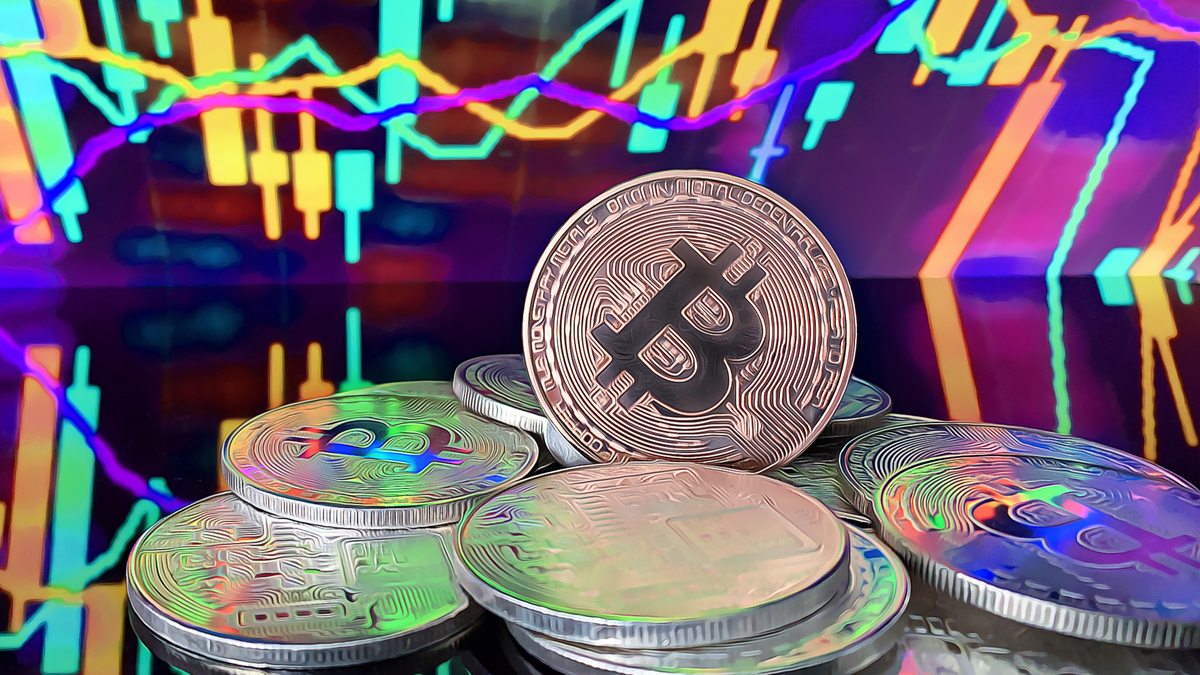


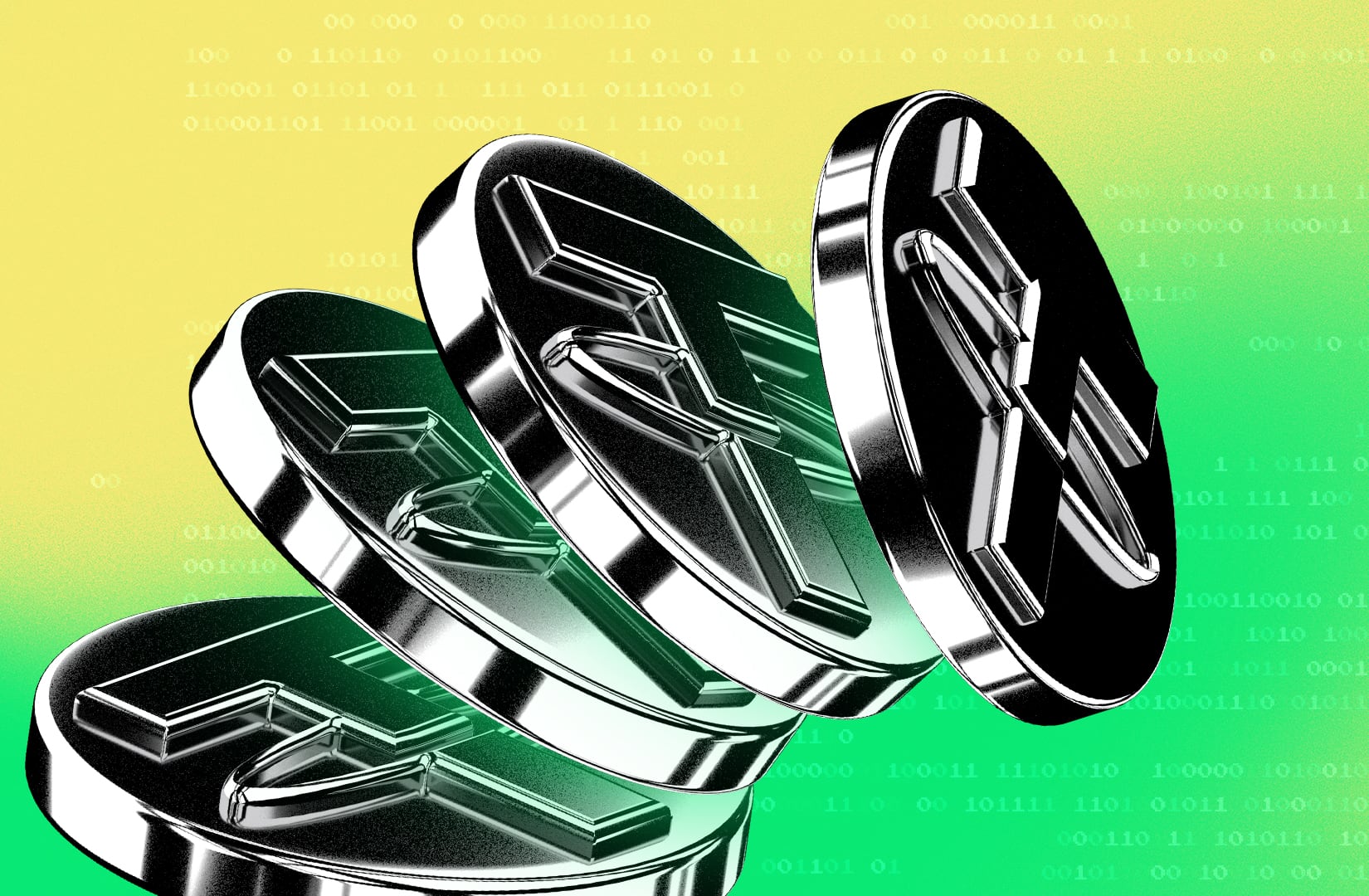
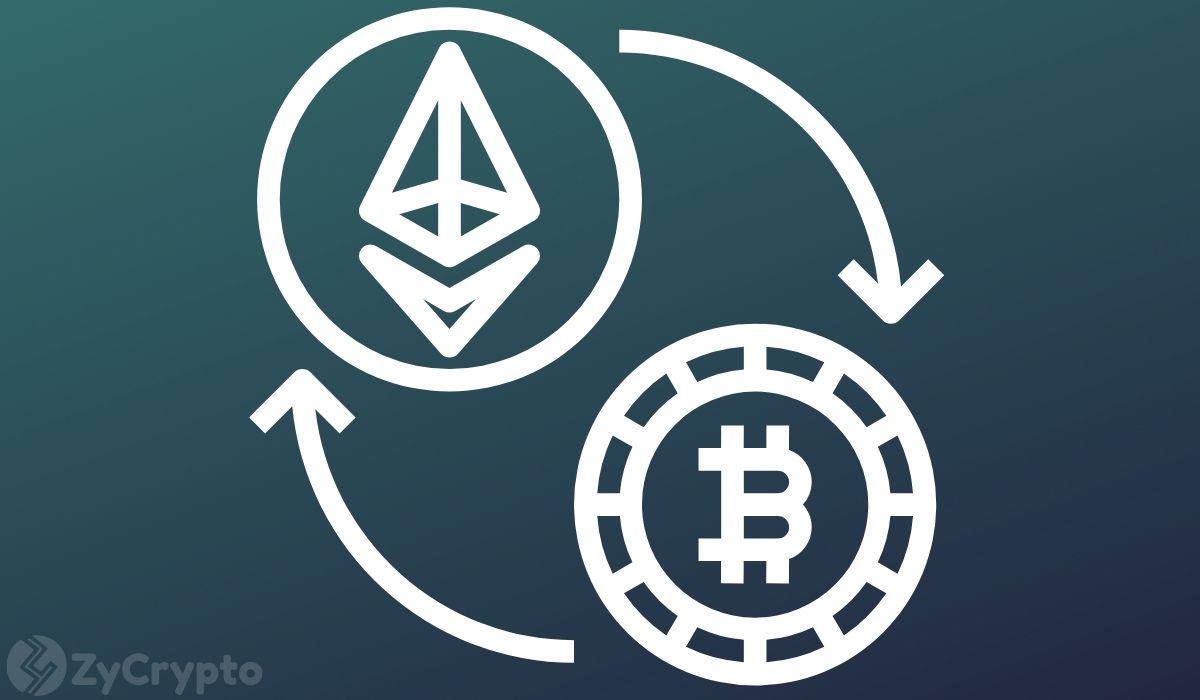

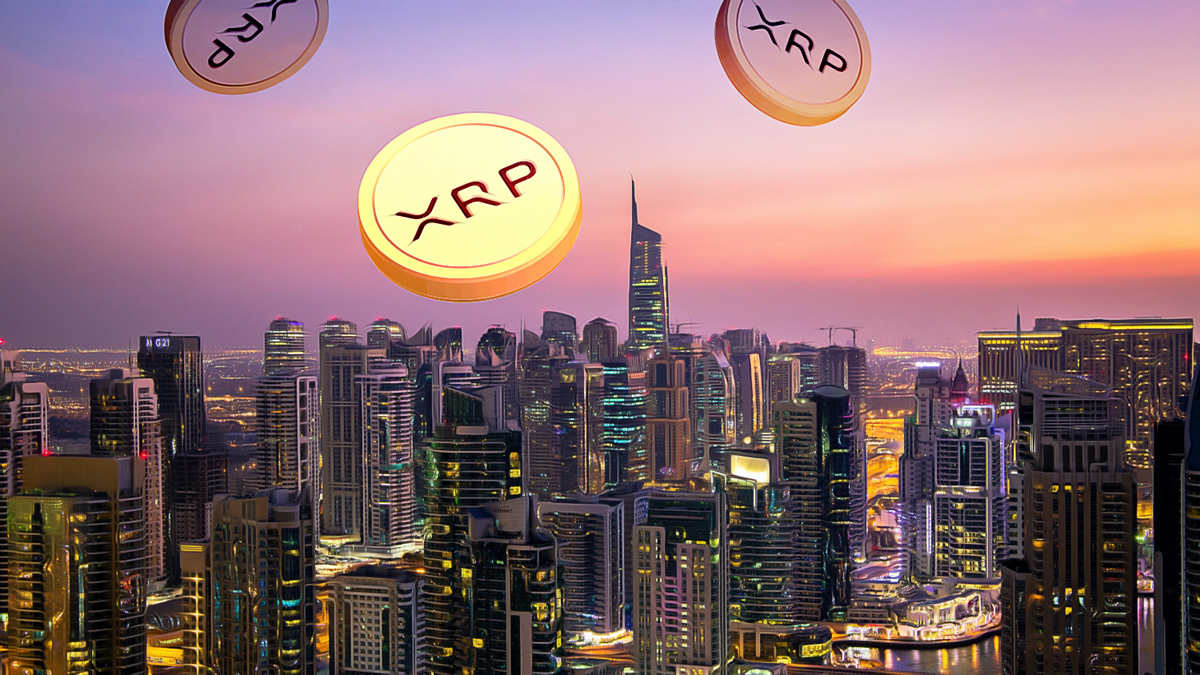
.jpg)

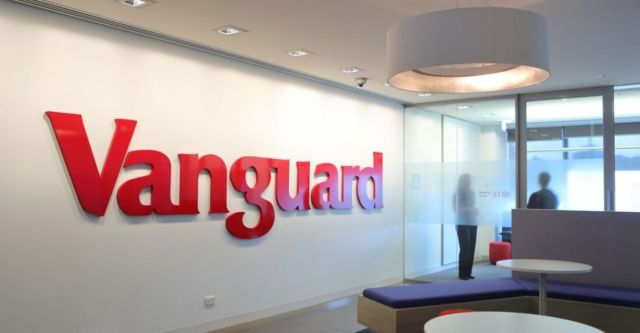



 24h Most Popular
24h Most Popular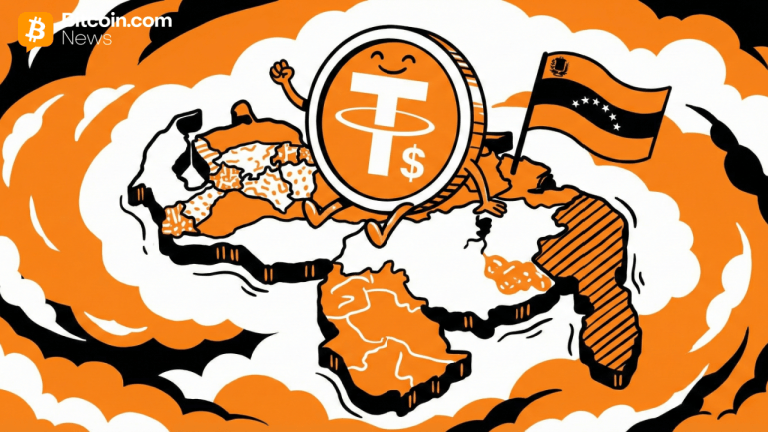
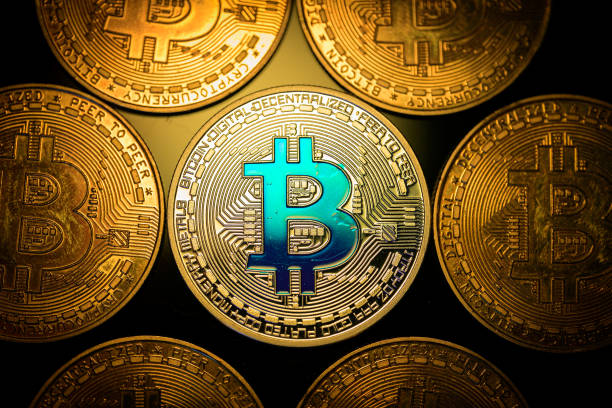

 Utilities
Utilities